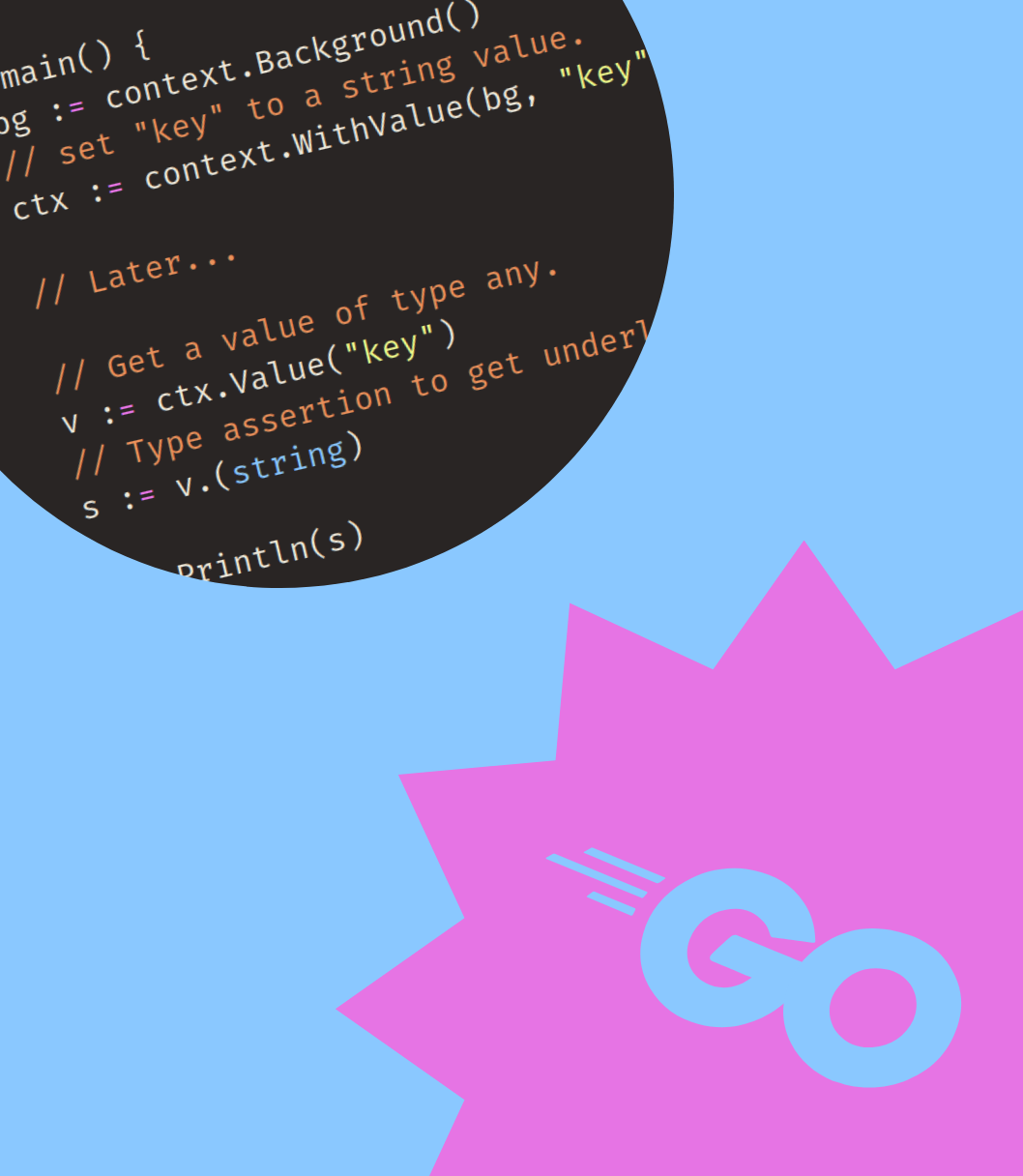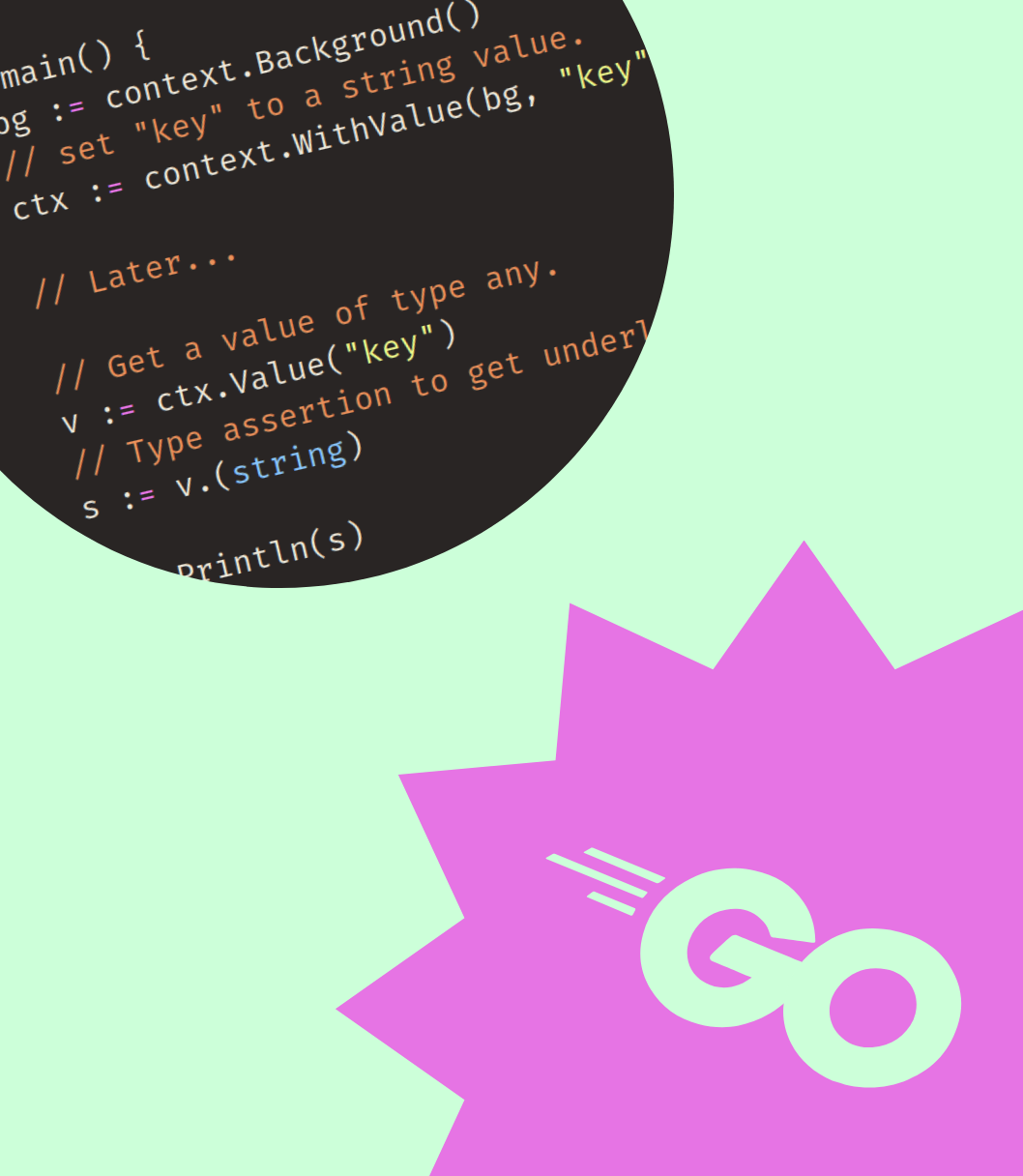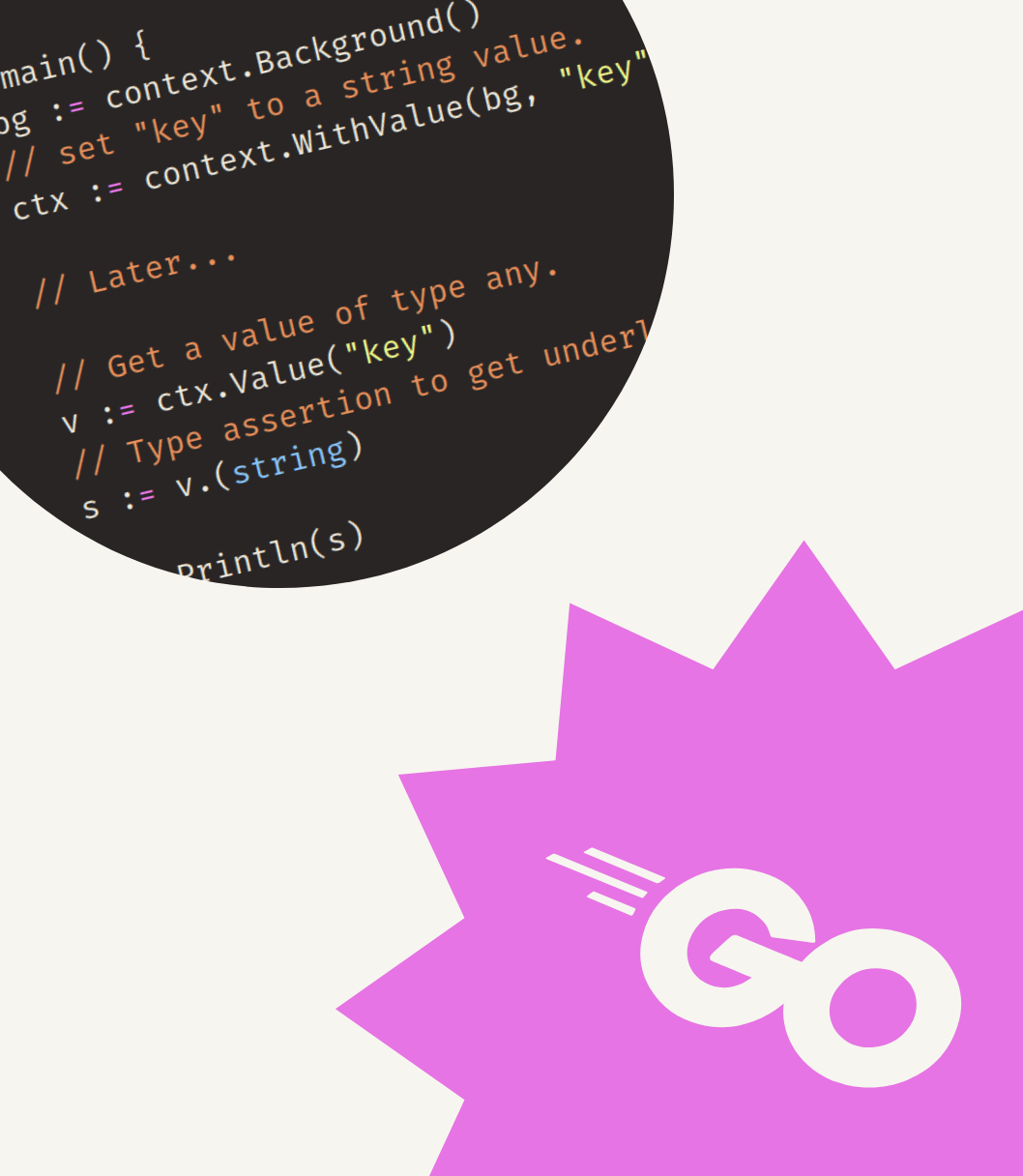There is no safe way to get a reference to the underlying array of a slice. So how do you check if two slices share the same array?
If the slices overlapped we could look for an element with the same memory address (which we can get using the & operator).
Since there is no guarantee the slices overlap we need to do a bit more work: we need to re-slice them up to their capacity. This gives us two new slices that will overlap if they share the same backing array.
We can then compare the addresses of their last elements to check if they share a backing array.
The diagram shows this procedure.
And the example code below shows a generic SameArray function that implements this check.
package main
import (
"fmt"
)
func main() {
a := [6]string{"", "🍕", "🍔", "🍒", "🍋", ""}
food := a[1:3]
fruits := a[3:5]
other := []string{"", ""}
fmt.Println("do food and fruits share an array?", SameArray(food, fruits))
fmt.Println("do food and other share an array?", SameArray(food, other))
fmt.Println("do fruits and other share an array?", SameArray(fruits, other))
}
// SameArray checks if two slices reference the same backing array.
func SameArray[T any](s1, s2 []T) bool {
cap1 := cap(s1)
cap2 := cap(s2)
// nil slices will never have the same array.
if cap1 == 0 || cap2 == 0 {
return false
}
// compare the address of the last element in each backing array.
return &s1[0:cap1][cap1-1] == &s2[0:cap2][cap2-1]
}



Get my free newsletter every second week
Used by 500+ developers to boost their Go skills.
"I'll share tips, interesting links and new content. You'll also get a brief guide to time for developers for free."
